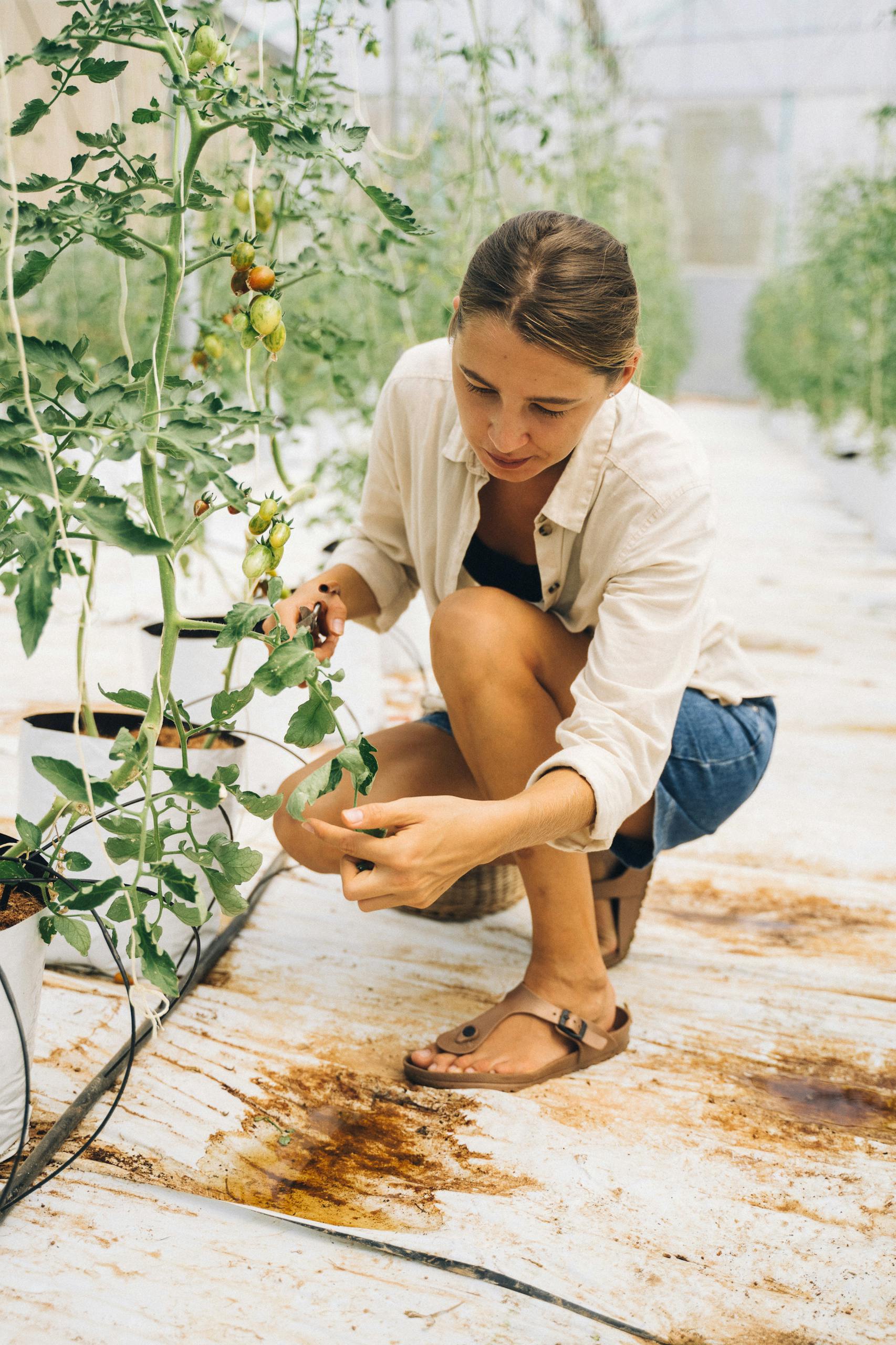Tomato Seeds
Tomato seeds are the starting point for growing delicious, juicy tomatoes in your garden. These tiny seeds hold the potential to produce a bountiful harvest of this popular fruit. Understanding more about tomato seeds can help you successfully grow your own tomatoes at home.
Tomato seeds are typically found inside the tomato fruit, surrounded by a gel-like substance. When saving seeds from a tomato, it’s essential to remove this gel and allow the seeds to dry completely before storing them. This process helps prevent mold and ensures the seeds are viable for planting.
When purchasing tomato seeds for planting, you’ll find a wide variety of options available. There are heirloom tomato seeds, which come from open-pollinated plants with a long history of cultivation. These seeds produce plants with characteristics true to the parent plant, making them ideal for saving seeds year after year.
Hybrid tomato seeds, on the other hand, are created by cross-pollinating two different tomato varieties. The resulting seeds will produce plants with specific traits from each parent plant. While hybrid tomatoes can be vigorous and disease-resistant, the seeds saved from hybrid plants may not produce offspring with the same desirable qualities.
Before planting your tomato seeds, it’s essential to consider the growing conditions they require. Tomatoes are warm-season plants that thrive in full sun and well-draining soil. Starting tomato seeds indoors, several weeks before the last frost date in your area, can give them a head start on the growing season.
To plant tomato seeds indoors, fill seed trays or small pots with a seed-starting mix. Plant the seeds at a depth of about 1/4 inch and keep the soil consistently moist but not waterlogged. Place the trays in a warm, sunny location or under grow lights to encourage germination.
Once your tomato seeds have germinated and grown into seedlings, they can be transplanted into larger containers or into the garden. When planting tomatoes in the garden, space the plants at least 18 inches apart to allow for proper air circulation and prevent disease.
As your tomato plants grow, they will require regular watering, especially during dry periods. Mulching around the base of the plants can help retain moisture in the soil and prevent weeds from competing for nutrients. Fertilizing your tomato plants with a balanced fertilizer can also help promote healthy growth and abundant fruit production.
When the tomatoes begin to ripen on the vine, it’s time to enjoy the fruits of your labor. Whether you prefer slicing tomatoes for sandwiches, cherry tomatoes for snacking, or paste tomatoes for making sauces, homegrown tomatoes always taste better than store-bought ones.
In conclusion, tomato seeds are the foundation of a successful tomato garden. By learning more about tomato seeds and how to plant them, you can enjoy a bountiful harvest of fresh, flavorful tomatoes right from your own backyard. Whether you choose heirloom or hybrid tomato seeds, providing the right growing conditions and care will help you grow healthy tomato plants and delicious tomatoes for your table.





